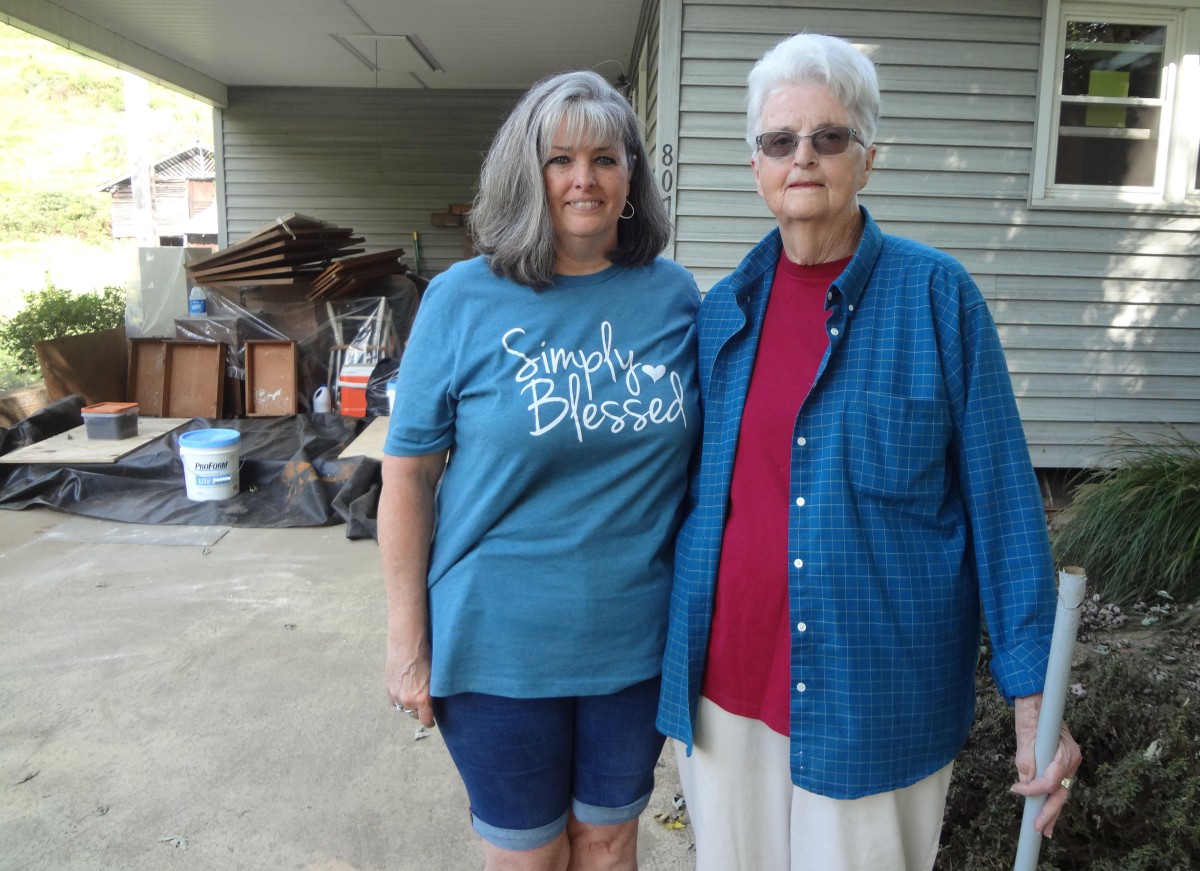For the past week, I’ve plopped down to write about the one-year mark of a project we thought would last roughly eight weeks. Last October, we launched the Appalachian Youth Creators vertical, because we wanted to give young people space to think out loud, examine issues that impacted their identities and communities, and detail what shapes their everyday lives.
We were excited by plans to publish work by eight different students throughout the region, spanning from poetry to environmental analysis. And every day for the past week, attempting to write about the year in reflection, my Google Doc has stayed empty.
But I’ve never been happier to miss a deadline, because during that week, I’ve been working with a middle schooler in Alabama as they write about being too young to get vaccinated and how lack of COVID protocols has shaped their school year. We’ve been editing a personal essay on culturally responsive mental healthcare from a law student in Eastern Kentucky, and a reported piece from a college student in Ohio about how masking protocols — or lack thereof — are shaping campus life and anxiety surrounding it. I’m replying to pitches from high school students on everything from misinformation on TikTok to lack of access to healthcare.
In other words, not only did the Appalachian Youth Creators vertical far exceed the original eight-week plan, it’s very much still going. In fact, it’s growing.
Over the past year, young Appalachians have tackled the climate change crisis, from how we can learn from our national COVID response to fight climate change, to how the language used to describe environmental justice shapes how we think about it.

In the build up to the 2020 presidential election — a period in which most national coverage focused on whether youth would turn out to vote or not — young Appalachian writers argued for lowering the voting age to 16 and detailed how it felt to cover breaking election news as a student journalist during a pandemic.
Other young people published in our digital pages turned their eye and skill to cultural and societal analysis, ranging from how Gen Z’s school life has been defined by gun violence, the experience o growing up queer in Appalachia, the Appalachian aesthetic taking over TikTok, and accents and codeswitching, which has become one of the most read stories on our site this year.
Young people wrote personal essays that shape how we think about the region, including about celebrating Ramadan during a pandemic, and how common phrases, like “getting above your raising,” became life lessons. We partnered with student newsrooms to produce pieces of reporting, like the strain on mental health services on college campuses, and published poetry.
Meanwhile, unfolding in the background was a life-defining year, including for young people. As they’ve navigated school in a pandemic — with the ramifications on work, college plans, mental health, and family circumstances that’s entailed — they’ve also led sustained protests against ongoing racial injustice, organized in their local communities, and been outspoken on issues that stand to define their lives, from the persistent threat of inaction on climate change to raising the minimum wage.

It’s not an overstatement to say young people shape and define culture — the diversity, nuance and passion within their lived experiences, and urgency around articulating them, is one part of building a future that’s truly inclusive, responsive and supportive, both in Appalachia and beyond.
We knew the reporting and writing of young people was important; it’s why we launched this project. We know that, too often, young people are talked about, and rarely listened to, and rarer still, given the platform and resources to actually lead the conversation. We hoped this project would shift not just the way we as adults think about student voices, but change it for a generation of Appalachians as well.
The mentality is often that student voices don’t matter until they are adults; we know this isn’t true. We hoped our commitment to taking work by students seriously — including going through the full editorial review process and paying young people for their labor (and raising that payment as soon as we had the capacity to) — would take steps toward getting out of the way, and letting young adults write about the things they wanted to read about.
I hope we accomplished some of those goals, and I hope we continue to. But one thing that’s become clear is that, in the last year alone, we’ve emerged from launching this vertical with a portrait of what it means to grow up in a changing world, a changing Appalachia, right now.
As we watch things being reshaped in real-time — and as we publish the young people rethinking the world they want to live in — we’re also capturing a snapshot of history through the voices of the young adults who will go on to shape it. Of all the countless lessons I’ve learned from our amazing contributors, that’s among the biggest: We are all truly just getting started.
Rainesford Stauffer is a contributing editor to 100 Days in Appalachia, leading our Appalachian Youth Creators vertical. Support her work and help pay the young people in Appalachia for their writing under her vertical by donating here.



